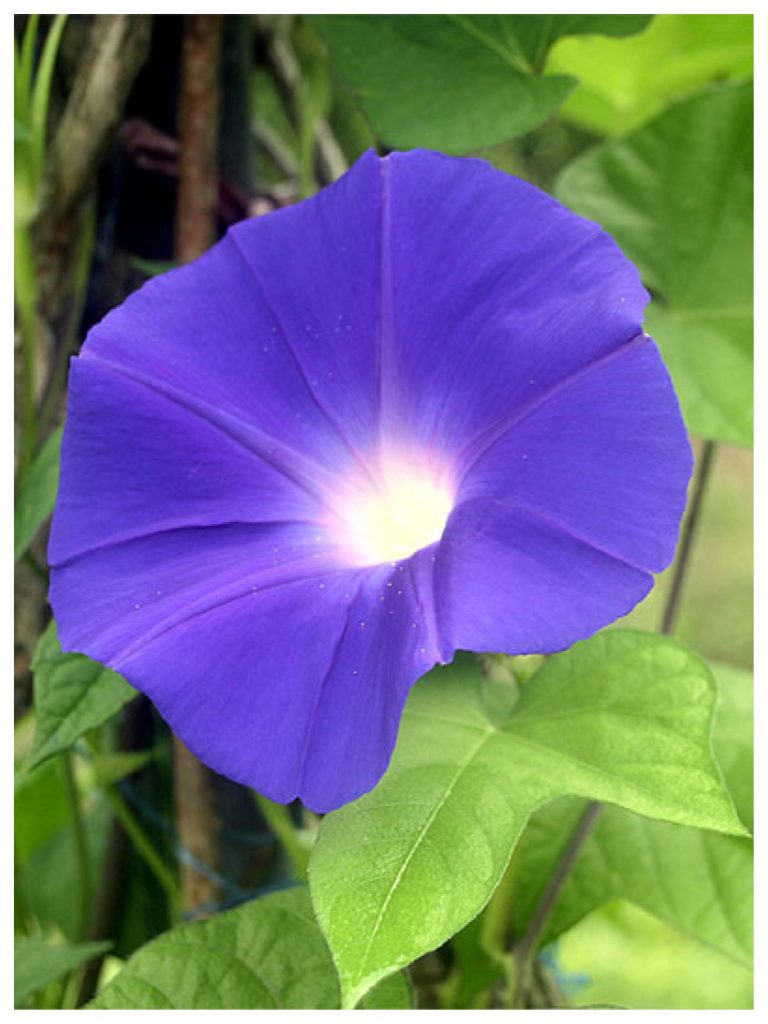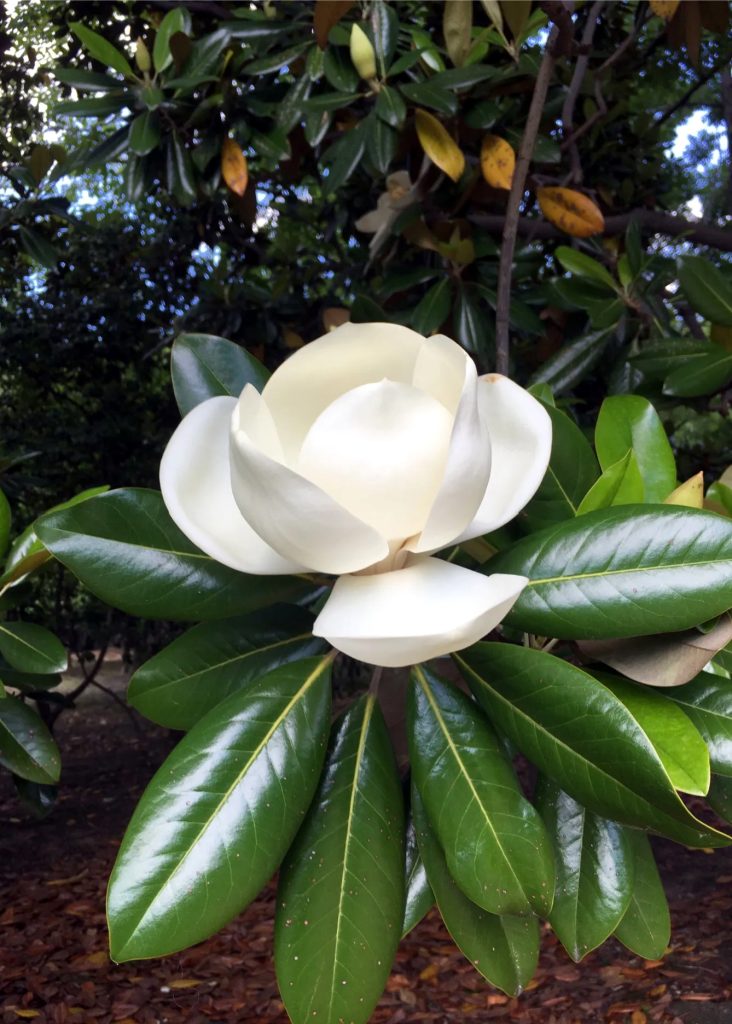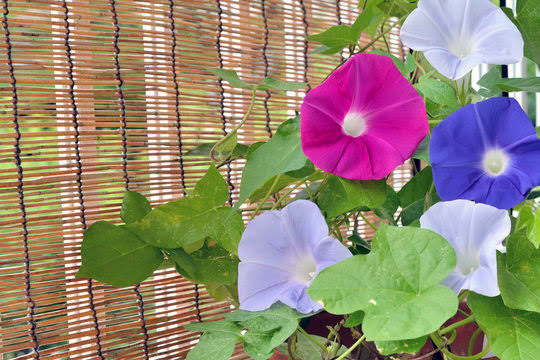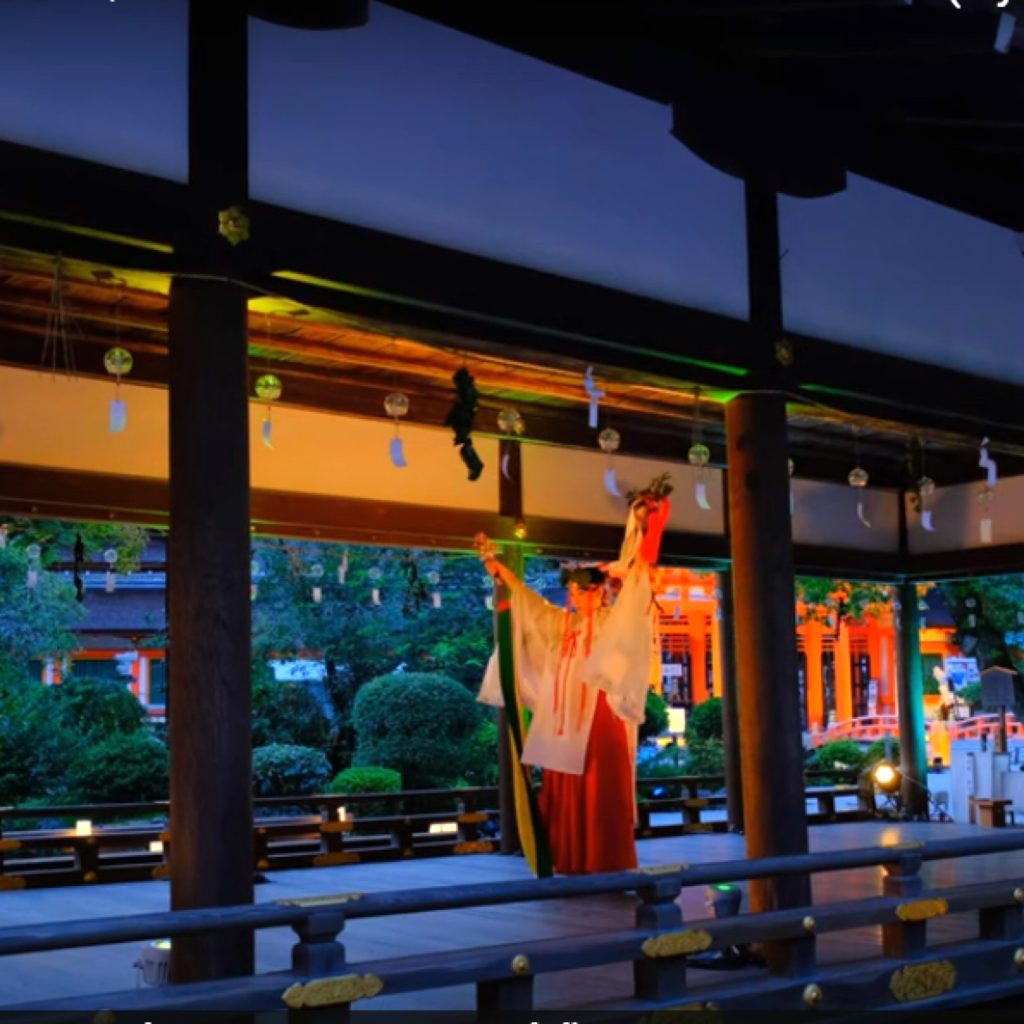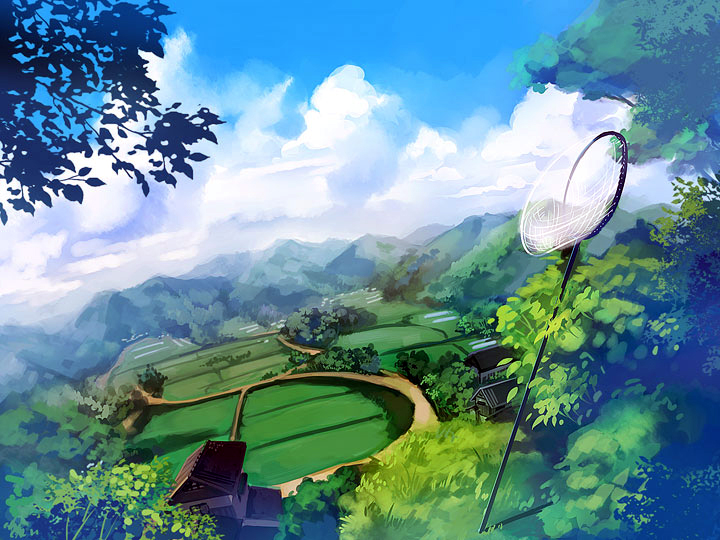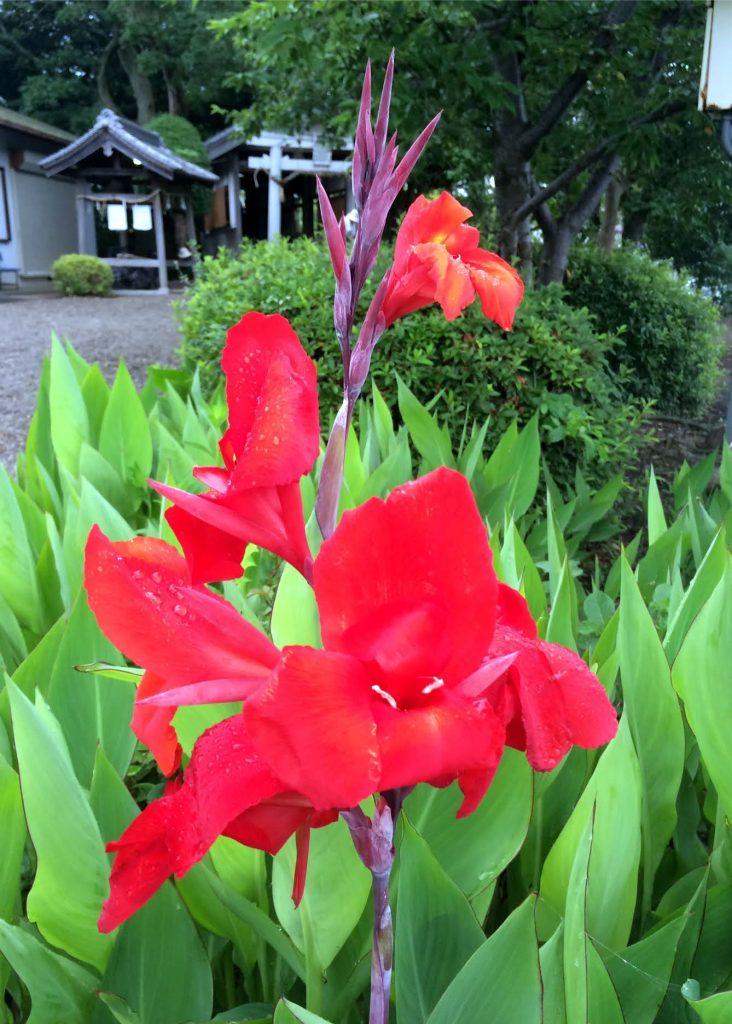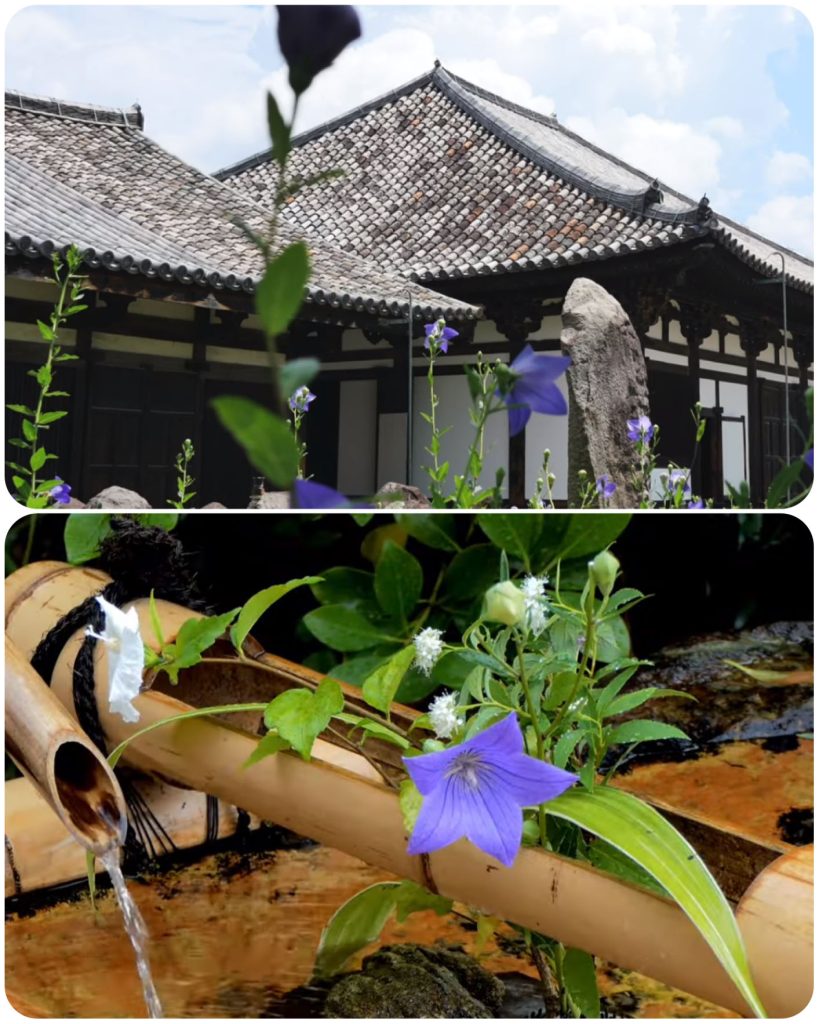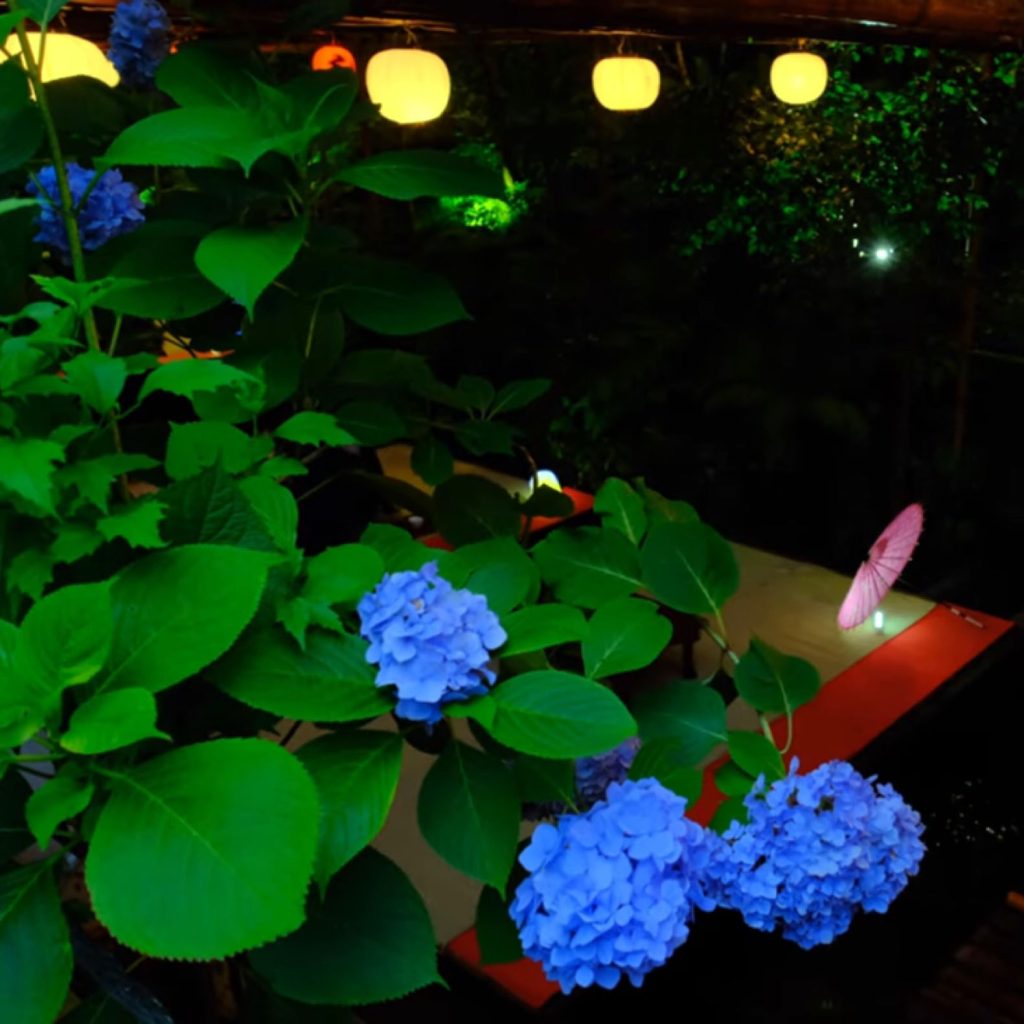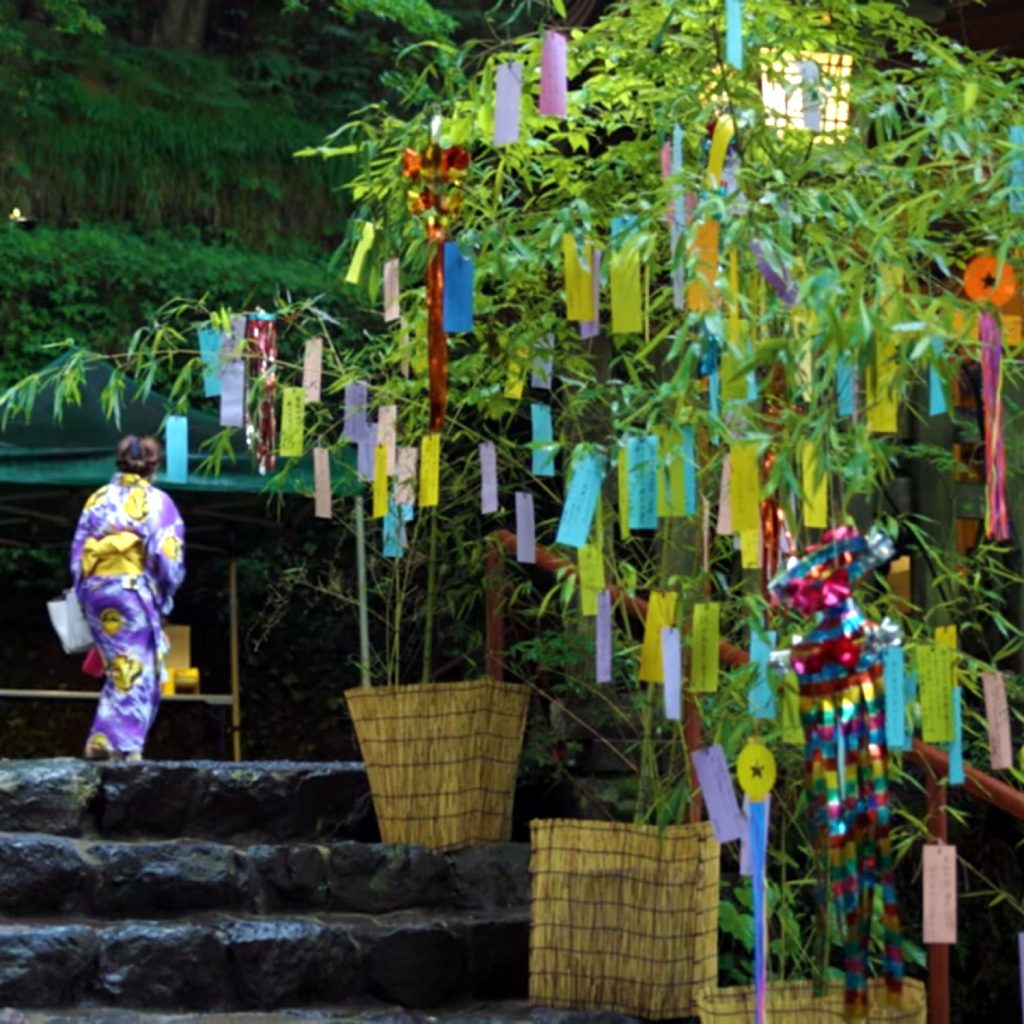
There was a concert in Misaki Town, known for the former Misaki Park, the southernmost tip of Osaka Prefecture. The venue, Kozu Hall, had a fantastic location with a view of the expansive Osaka Bay and a distant glimpse of Kansai Airport. Summer dragonflies flitted around the trees, most likely zelkova, planted in the front yard. Though the rainy season had not yet ended, the sky was clear, adorned with wispy white clouds brushed delicately across it.
Occasionally, planes took off from Kansai Airport in complete silence. Amidst the captivating view seen through the hall’s windows, Mr. Bisco, a pianist, came down from the 2nd floor in a novel costume that arranged Japanese clothes to the accompaniment of Ms SHINO, a shinobue player. Thus, the evening concert began.
Though the venue could hold only about 60 people, it was a small hall. However, with the skilled emcee, Mr. Takatsu, blending in his entertaining talk, a warm atmosphere enveloped the place. The audience enjoyed listening to various genres of music, from light melodies to jazz and ballads, as the twilight of early summer gently descended.
*Please enlarge the photo. You can see a dragonfly.
大阪府の最南端、旧みさき公園で知られる岬町でコンサートがありました。会場のKozu Hallは、前に大阪湾が広がり、遠くに関西空港が見える絶好のロケーションにあります。前の庭に植えられた、多分欅(けやき)と思われる木の周りには、夏トンボが飛び回っています。まだ梅雨は明けていませんが、青空が広がり、刷毛で撫ぜた様な薄い白雲が漂っています。時折、関西空港から飛び立った飛行機が音もなく飛び立って行きます。ホールの窓越しに見える景色に気を取られていると、ピアニストの Biscoさんが、和服をアレンジした斬新な衣装姿で、篠笛奏者のSHINOさんの伴奏に合わせて2階から降りてきました。たそがれコンサートの始まりです。会場には60人ばかりの人が入っているでしょうか、その程度の小さなホールですが、オーナーの高津氏の巧みなトークを交えて、温かい雰囲気の中、軽音楽、ジャス、バラードと様々な曲を聴きながら、初夏の夕べのとばりが降りて行きました。
*写真を拡大してください。トンボが見えます。

